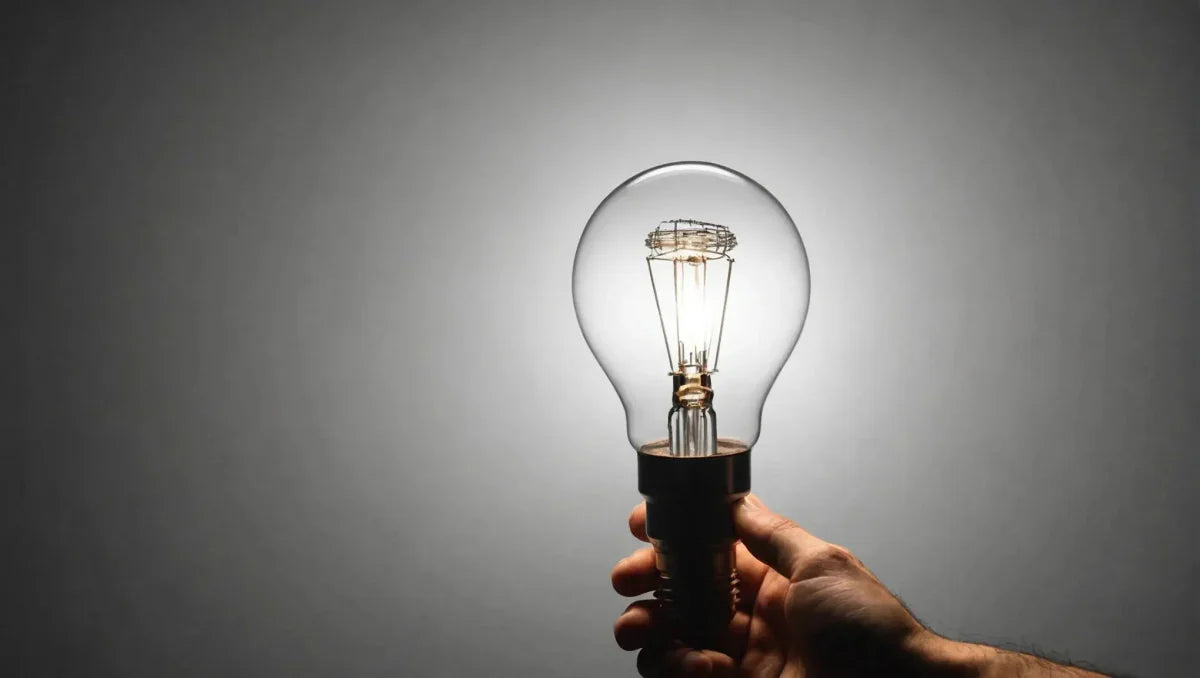Understanding UVB Light

UVB light, an essential component of sunlight, plays a crucial role in various aspects of life. Understanding what UVB light is and its effects is key to appreciating its significance. In this exploration, we will demystify UVB light, shedding light on its properties, benefits, and potential risks. From its role in vitamin D synthesis to its impact on our skin and overall health, UVB light's influence is far-reaching.
Join us as we delve into the science behind UVB light, uncovering its importance in both natural processes and technological applications. By the end of this journey, you will have a comprehensive grasp of UVB light and its implications, empowering you to make informed decisions regarding sun exposure and related health considerations.
Properties of UVB Light
UVB light is a type of ultraviolet radiation with a wavelength range of 280 to 315 nm. This section will delve into the essential properties associated with UVB light and its profound impact on humans and the environment.
Wavelength and Frequency
UVB light falls within the ultraviolet spectrum, sandwiched between UVA and UVC. With a wavelength range of 280 to 315 nm, UVB light boasts a higher frequency than UVA, making it a crucial component of sunlight's spectrum. The shorter wavelength of UVB light enables it to penetrate the epidermis of the skin, playing a vital role in various biological processes.
Sources of UVB Light
While the sun remains the primary natural source of UVB light, artificial sources such as tanning beds, welding arcs, and certain types of lamps also emit UVB radiation. Understanding the diverse sources of UVB light is fundamental in comprehending exposure risks and implementing protective measures. It is important to note that ozone depletion has led to an increase in the levels of UVB radiation reaching the Earth's surface, emphasizing the need for caution when exposed to sunlight.
Effects on Humans and Environment
UVB light serves a pivotal role in stimulating the production of vitamin D in human skin, essential for maintaining bone health and overall well-being. However, prolonged exposure to UVB radiation can result in adverse effects such as sunburn, suppression of the immune system, and an escalated risk of various skin conditions, including skin cancer. Moreover, UVB rays can have detrimental impacts on the environment, contributing to coral bleaching, disrupting ecosystems, and hindering plant development. Understanding the balance between the benefits and risks associated with UVB exposure is crucial in promoting sun-safe practices.
Importance of UVB Protection
Given the significant implications of UVB exposure, safeguarding oneself against its harmful effects is paramount. Utilizing broad-spectrum sunscreen, wearing protective clothing, and seeking shade during peak sunlight hours are effective strategies to mitigate UVB-related risks. Additionally, regular skin checks and monitoring UV index levels can aid in minimizing potential health hazards associated with UVB radiation.
Understanding the properties of UVB light, recognizing its sources, and acknowledging its effects on both humans and the environment are crucial steps in fostering awareness and promoting proactive measures to minimize the potential harm posed by UVB radiation.
Health Implications
Benefits of UVB Light
UVB light exposure has several health benefits, including the natural synthesis of vitamin D in the body. This essential vitamin plays a crucial role in bone health, immune function, and overall well-being. Additionally, UVB light has been linked to mood improvement by stimulating the production of serotonin, often referred to as the 'feel-good' hormone. Research also suggests that UVB light can help in the treatment of certain skin conditions like psoriasis and eczema through phototherapy under medical supervision. Furthermore, exposure to UVB light is essential for regulating the body's circadian rhythm, promoting better sleep quality and overall mental health.
Risks Associated with UVB Light
While UVB light is essential for vitamin D synthesis, overexposure can have detrimental effects on the skin. Excessive exposure to UVB light can lead to sunburn, premature skin aging, and an increased risk of skin cancer. It is crucial to strike a balance between reaping the benefits of UVB light and protecting the skin from harm. Moreover, prolonged exposure to UVB rays without adequate protection can weaken the skin's elasticity, leading to sagging and wrinkles over time.
Precautions for UVB Light
To mitigate the risks associated with UVB exposure, it is important to take certain precautions. Use broad-spectrum sunscreen with a minimum SPF of 30, apply it generously and reapply every two hours, especially after swimming or sweating. Seek shade during peak sunlight hours, usually between 10 a.m. And 4 p.m., when UV rays are the strongest. Wearing protective clothing such as long sleeves, pants, hats, and sunglasses can provide an extra layer of defense against UVB rays. Regular skin self-examinations and annual skin checks with a dermatologist are essential for early detection of any skin abnormalities. Additionally, incorporating foods rich in antioxidants like fruits and vegetables in your diet can help combat the oxidative stress induced by UV exposure.
While UVB light offers numerous health benefits, it is imperative to practice sun safety measures to prevent the adverse effects of overexposure. By being mindful of the duration and intensity of UVB light exposure and following recommended precautions, individuals can enjoy the perks of sunlight while safeguarding their skin health and overall well-being.
UVB Light in Daily Life
UVB light, also known as ultraviolet B light, plays a significant role in various aspects of our daily lives. From its applications in medicine and health to its integration in technology, UVB light has made a profound impact on society. Let's delve into how UVB light influences different facets of our lives.
Applications in Medicine and Health
One of the primary uses of UVB light in daily life is in medicine and health. UVB light is commonly utilized in phototherapy, a treatment method for various skin conditions such as psoriasis, eczema, and vitiligo. When exposed to UVB light in controlled settings, patients experience improvements in their skin conditions due to the light's ability to slow down the rapid growth of skin cells. Moreover, UVB light exposure can also stimulate the production of vitamin D in the skin, which is essential for maintaining overall health.
UVB light therapy has also shown promising results in the treatment of certain autoimmune diseases like rheumatoid arthritis and lupus. The controlled dosage of UVB light helps modulate the immune response, reducing inflammation and providing relief to patients suffering from these conditions. Furthermore, ongoing research is exploring the potential of UVB light in boosting the immune system and its effects on mental health, paving the way for innovative treatment approaches.
UVB Light in Technology
Apart from its medical applications, UVB light also plays a crucial role in technology. UVB light is used in various technological devices such as UVB sterilization lamps, which are employed for disinfection purposes. These lamps emit UVB light to kill bacteria, viruses, and other harmful microorganisms, making them invaluable tools in maintaining cleanliness and hygiene in different settings, including hospitals, laboratories, and water treatment facilities.
In the realm of technology, UVB light is also harnessed for its role in photovoltaic systems. Solar panels designed to capture UVB light are becoming increasingly efficient in converting solar energy into electricity. This sustainable energy solution not only reduces carbon footprint but also contributes to the transition toward renewable energy sources.
Moreover, UVB light is utilized in UVB sensors and detectors for measuring UV radiation levels in the environment, contributing to our understanding of UV exposure and its effects on human health. The data collected from these devices aid in assessing the potential risks of UV overexposure and guide public health initiatives aimed at promoting sun safety practices.
UVB light's presence in daily life extends beyond its visibility in sunlight. Through its applications in medicine and health, as well as its integration in various technological advancements, UVB light continues to demonstrate its versatility and importance in enhancing different aspects of society.
Conclusion
UVB light plays a crucial role in various aspects of our lives, from its benefits in the production of vitamin D to its use in medical treatments. Understanding the basics of UVB light and how it interacts with our bodies is essential for making informed decisions about sun exposure and skincare. By demystifying UVB light and its effects, we can better protect ourselves while also harnessing its benefits for overall well-being.






